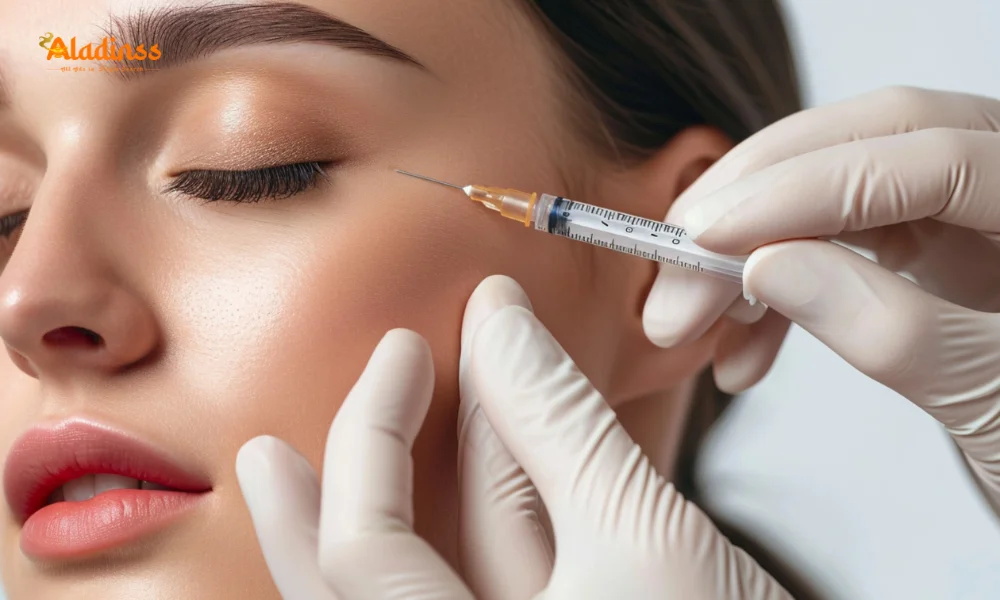Power of Microneedling: Derma Roller Benefits
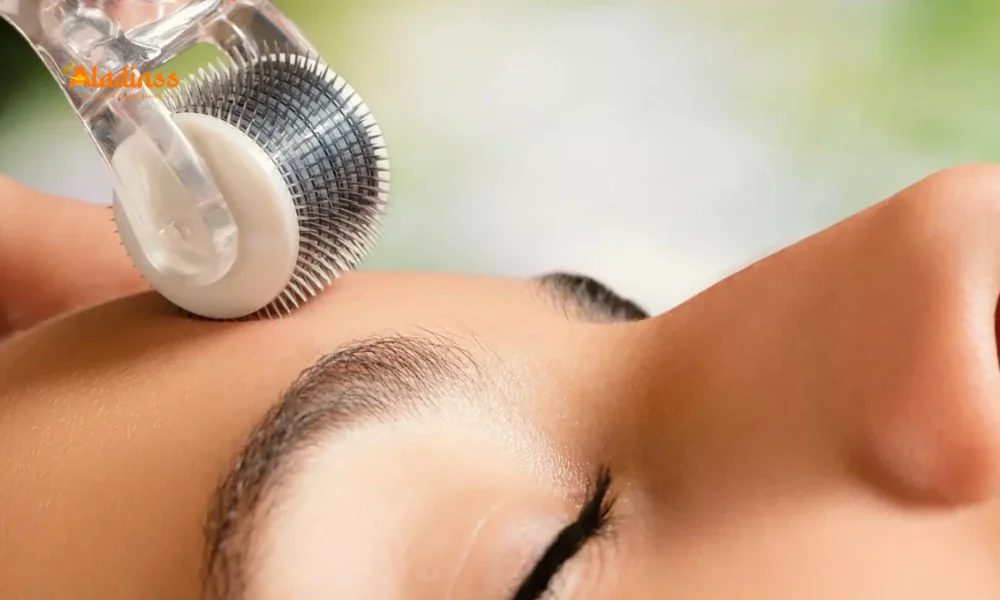
The Power of Microneedling: Benefits, Uses, and How to Use a Derma Roller
Microneedling, often performed with a derma roller, has taken the skincare world by storm, gaining popularity across social media platforms and dermatology clinics alike. This handheld device, resembling a small paint roller studded with tiny needles, promises to rejuvenate skin and even promote hair growth. But what makes microneedling so effective, and is it worth the hype? In this comprehensive guide, we explore the science-backed benefits, common uses, and expert tips for using a derma roller safely at home or in a professional setting to achieve radiant, healthy skin.
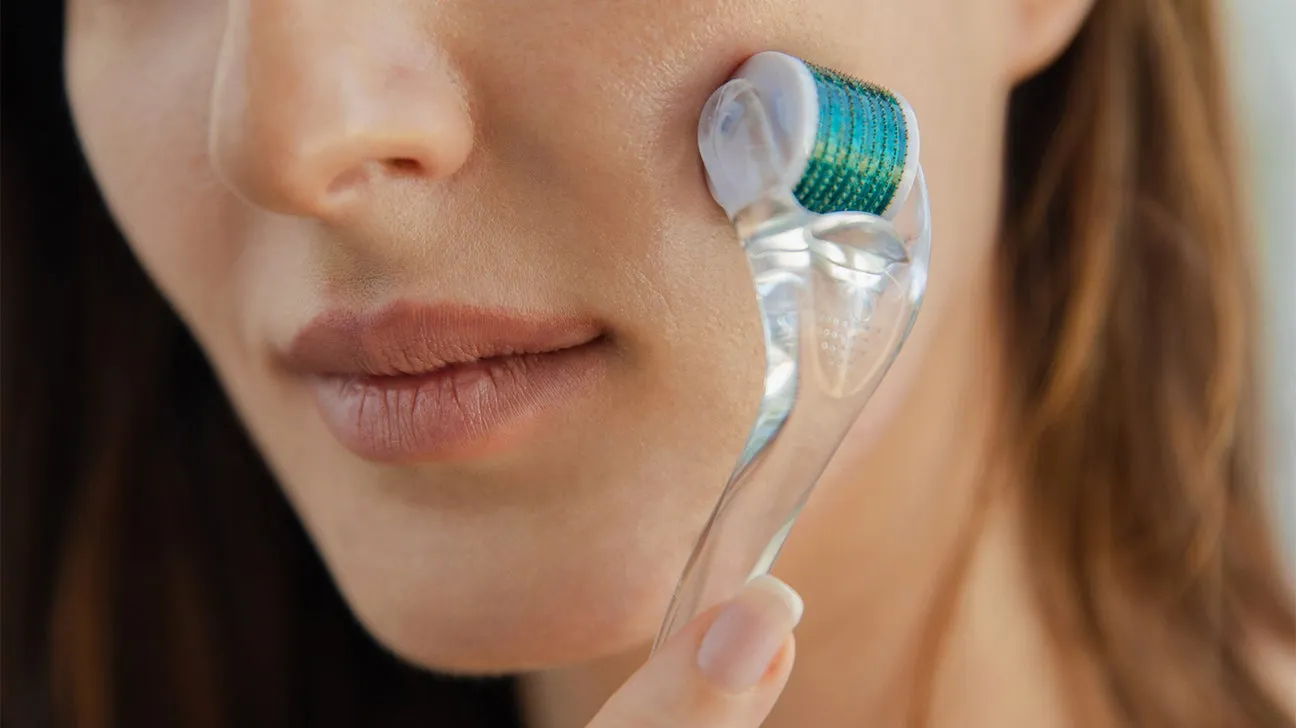
What is Derma Roller Therapy?
Derma roller therapy, also known as microneedling, involves using a handheld device equipped with hundreds of micro-needles to create controlled micro-injuries on the skin’s surface. According to a 2020 study, these tiny punctures stimulate the skin’s natural healing process, triggering the production of collagen and elastin—key proteins that maintain skin firmness and elasticity. Unlike hypodermic needles, microneedles are designed to penetrate only the outermost layers of the skin, making the procedure minimally invasive and relatively painless.
The micro-injuries created by the derma roller activate growth factors, encouraging cell turnover and repair. This process not only improves skin texture but also addresses a variety of concerns, from acne scars to hair thinning. Whether performed by a dermatologist or at home, microneedling is a versatile treatment that can be tailored to individual needs, making it a go-to solution for many skincare enthusiasts.
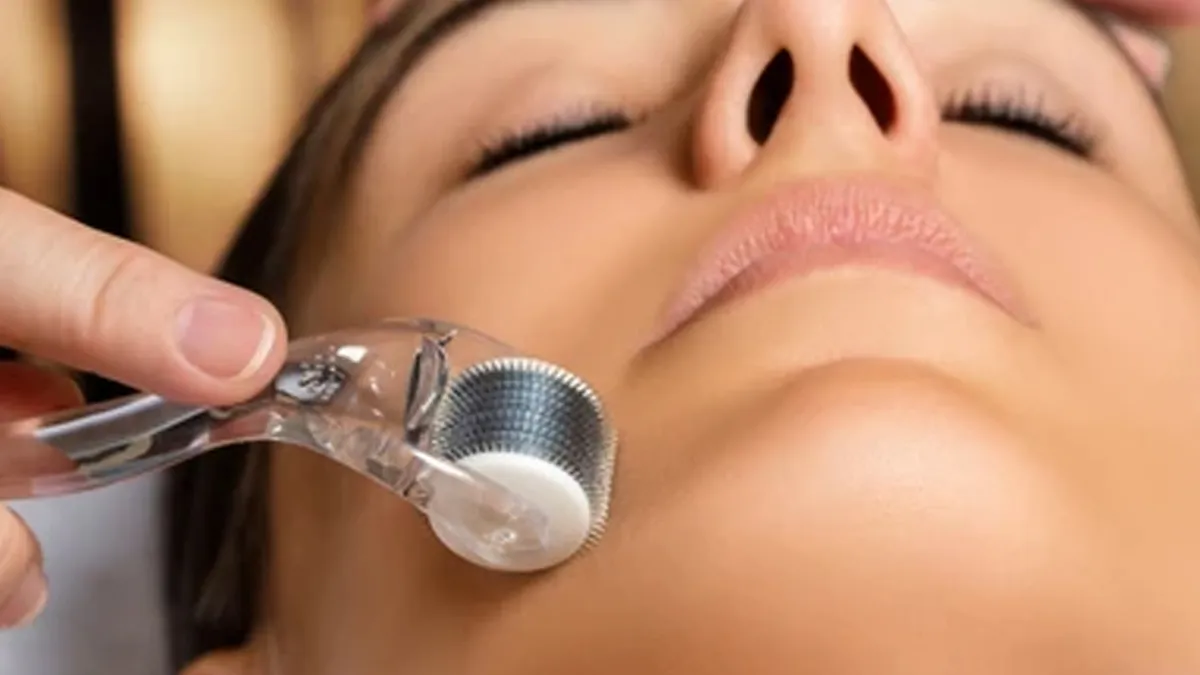
Benefits of Derma Roller Therapy
Microneedling offers a wide range of benefits, making it a popular choice for addressing both cosmetic and functional skin concerns. Here are the key advantages of derma roller therapy:
Reduces Acne Scars and Pitting
Acne scars, particularly depressed or pitted scars, can be challenging to treat. Derma rolling stimulates collagen production, which gradually fills in these scars, smoothing the skin’s surface. Over multiple sessions, typically spaced 4–6 weeks apart, users often notice a significant reduction in scar visibility, leading to a more even complexion.
Improves Fine Lines and Wrinkles
For those seeking a non-invasive alternative to Botox, derma rolling can soften fine lines and early wrinkles, particularly around the eyes and mouth. The boost in collagen and elastin tightens the skin, reducing the appearance of age-related lines and promoting a youthful glow.
Fades Pigmentation and Dark Spots
Hyperpigmentation, including age spots, sunspots, and melasma, can be addressed through regular microneedling. The micro-channels created by the derma roller help break up pigment clusters and promote cell turnover, resulting in a more even skin tone over time.
Boosts Product Absorption
One of the standout benefits of derma rolling is its ability to enhance the absorption of skincare products. The micro-channels allow serums, moisturizers, and other treatments to penetrate deeper into the skin, maximizing their efficacy. Applying products like hyaluronic acid or vitamin C serums post-microneedling can amplify their hydrating and brightening effects.
Promotes Hair Growth
Beyond facial skincare, derma rollers are increasingly used on the scalp to combat hair thinning and minor hair loss. By stimulating blood flow and reactivating dormant hair follicles, microneedling enhances the effectiveness of hair growth serums, making it a promising option for those with androgenetic alopecia or patchy thinning.
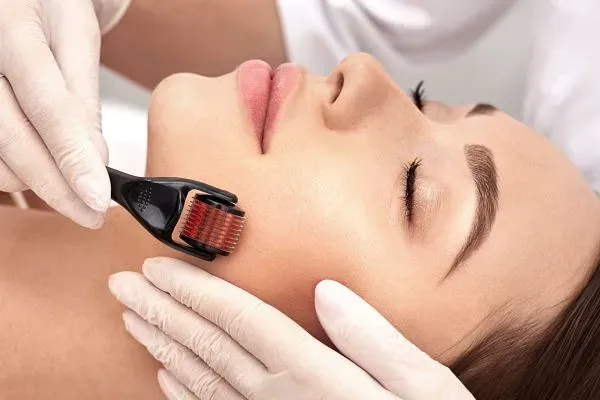
Also Read: Exfoliate Feet at Home to Avoid Cracks
Common Uses of Derma Roller Therapy
Derma roller therapy is versatile, addressing a variety of skin and hair concerns. Its most common applications include:
- Facial Renewal: Improves skin tone, texture, and elasticity for a radiant complexion.
- Acne Scarring: Reduces the appearance of scars, creating smoother skin.
- Stretch Marks: Minimizes marks from pregnancy, weight loss, or growth spurts.
- Hair Loss: Stimulates hair follicles to treat thinning or patchy hair loss.
- Hyperpigmentation: Fades dark spots and evens out skin tone for a brighter look.
These uses make derma rolling a multi-purpose tool, suitable for both cosmetic enhancement and functional skin repair. Its adaptability has contributed to its widespread popularity among skincare enthusiasts and professionals alike.
What to Expect During Treatment
Professional microneedling sessions, typically performed at a dermatologist’s office or skin clinic, follow a structured process to ensure safety and efficacy. Here’s what you can expect:
- Cleansing: The skin is thoroughly cleansed to remove makeup, dirt, and oils, ensuring a sterile treatment area.
- Numbing Cream: A topical anesthetic is applied to minimize discomfort, especially for deeper treatments.
- Microneedling: The derma roller or a motorized microneedling device is passed over the skin in multiple directions to create controlled micro-injuries.
- Soothing Serum or Mask: A hydrating or healing serum, such as hyaluronic acid or a calming mask, is applied to promote recovery and soothe the skin.
The procedure typically takes 30–60 minutes, depending on the treatment area. Post-treatment, you may experience mild redness, swelling, or sensitivity, similar to a sunburn, which usually subsides within 1–2 days. Following aftercare instructions, such as avoiding sun exposure and using gentle skincare products, is crucial for optimal results.
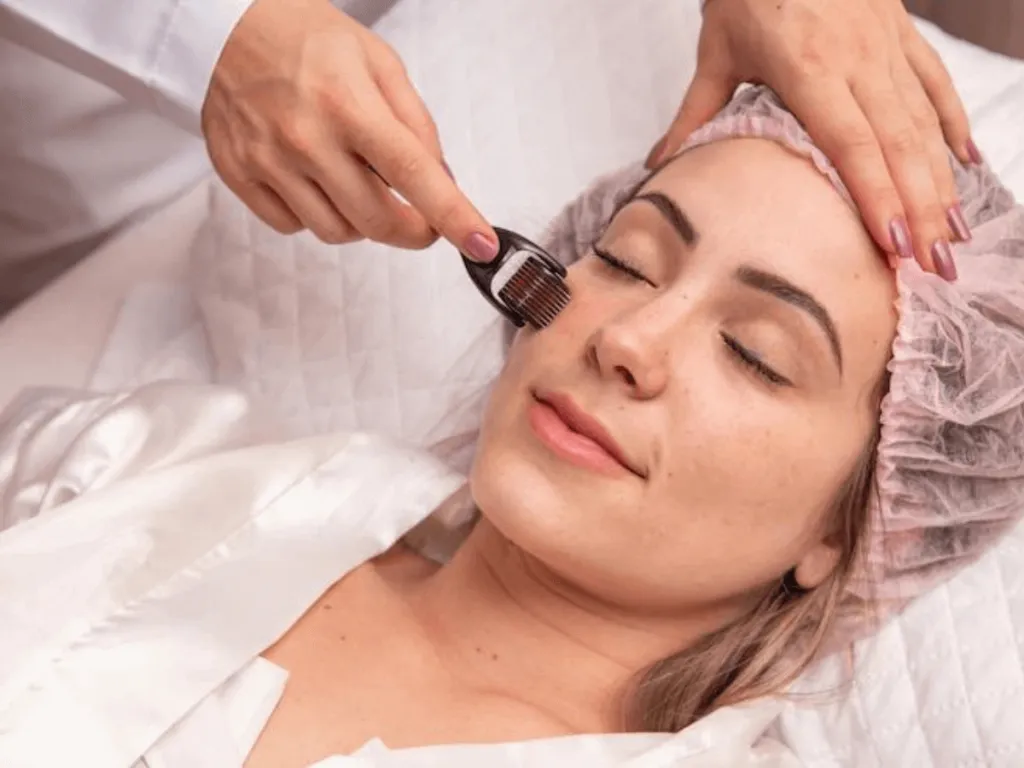
Can You Try Derma Rolling at Home?
Yes, derma rolling can be done at home with proper precautions, but it’s important to understand the limitations and safety considerations. Home-use derma rollers typically have shorter needles (0.25 mm or less), which are safer for non-professionals and effective for boosting product absorption and improving skin texture. However, they are less potent for addressing deeper concerns like acne scars or significant hair loss, which require professional-grade devices with longer needles.
Hygiene is critical when derma rolling at home. Always sterilize the roller with isopropyl alcohol before and after use, and never share it with others to prevent infections. Roll gently in multiple directions (vertical, horizontal, and diagonal) over clean skin, and follow with a hydrating serum. Avoid over-rolling, as excessive pressure or frequency can cause irritation or micro-tears. Limit home sessions to once or twice a week, depending on your skin’s tolerance.
Who Should Avoid Derma Rolling?
While derma rolling is generally safe, it’s not suitable for everyone. Individuals with active acne, eczema, rosacea, or infected skin should avoid microneedling until their condition resolves, as it can exacerbate inflammation or spread bacteria. Those prone to keloid scarring or with bleeding disorders should consult a dermatologist before trying derma rolling. Pregnant individuals or those on certain medications, like isotretinoin, may also need to avoid the procedure due to increased skin sensitivity.
For best results and safety, consider a professional consultation before starting microneedling, especially if you have underlying skin conditions or concerns. A dermatologist can assess your skin type and recommend the appropriate needle size and treatment frequency to avoid complications.
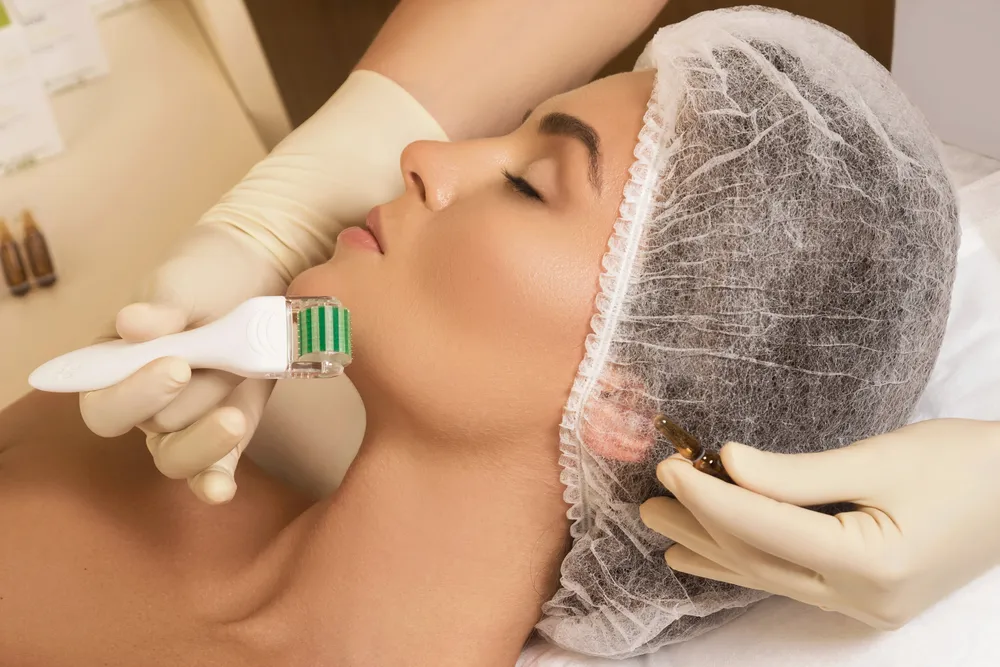
Disclaimer: This article is for informational purposes only. Consult a dermatologist or healthcare professional before trying microneedling, especially if you have underlying health conditions, to avoid potential complications.
Comment / Reply From
No comments yet. Be the first to comment!





